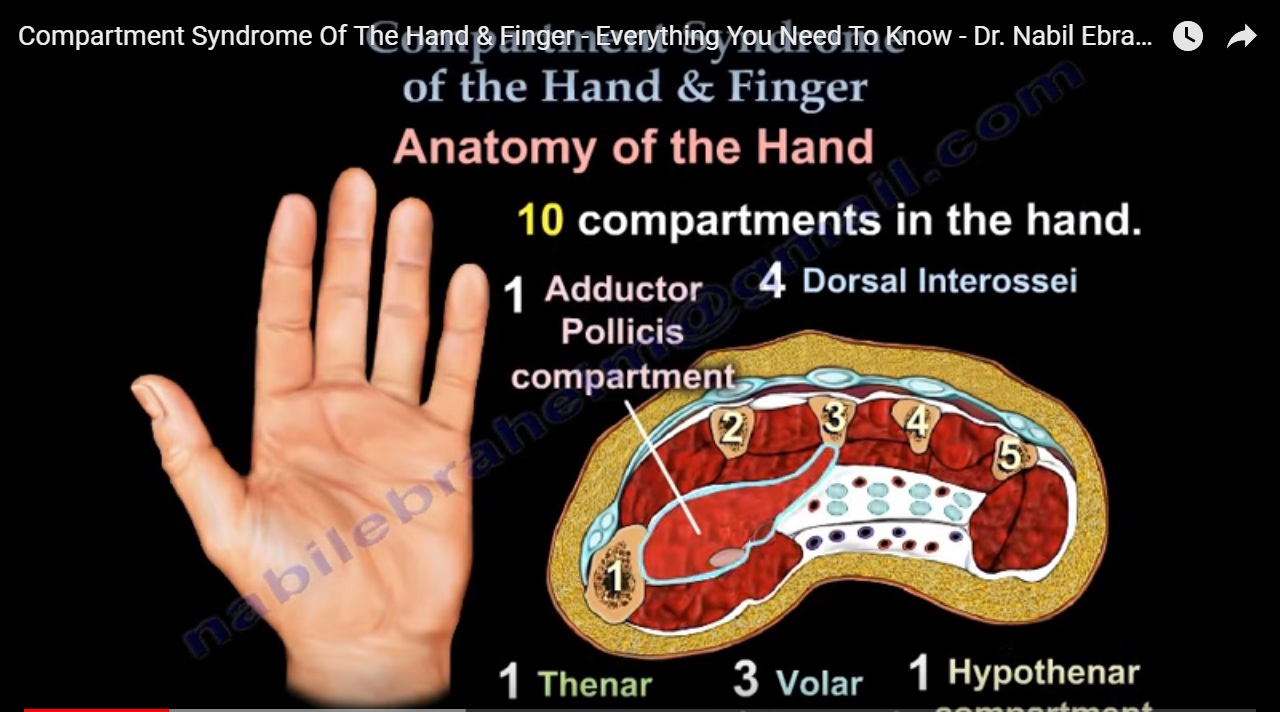

Ischemic contracture - Volkmann Compartment syndrome - Volkmann ischemic contracture. Horizontal spacing not less than 48 inches (1220 mm). Volkmann contracture is a deformity of the hand, fingers. Note: While one-inch is acceptable, a more conservative approach is to ensure a distance of no less than 6 inches (12.7 mm horizontal or vertical, measured from the center of the dispenser) between ABHR dispensers and source of ignition. Conversely, when contracted the muscles of the anterior compartment cause finger and wrist flexion and supinate the hand. The posterior group is involved primarily in extension of the wrist and fingers and supination of the hand. (Sources of ignition: Appliances or equipment that, because of their intended modes of use or operation, are capable of providing sufficient thermal energy to ignite flammable gas-air mixtures.5 Examples include wall outlets, thermostats, and appliances.) These muscles are divided into two compartments, based on both anatomical and functional differences. Weakness of thumb opposition and limited flexion. Hypothesia on the volar surface of the fingers. Other etiologies include snake bites, crush injuries to the hand, burns, trauma, and prolonged pressure.

ATTACHMENTS: The muscles of the hypothenar eminence group attach from the transverse carpal ligament and the hamate and pisiform to the little finger. Compartment syndrome of the hand often results from iatrogenic injuries due to IVs or A-lines. This muscle helps abduct and extend the hand at the wrist joint. The Central Compartment Group of intrinsic muscles of the hand is composed of the: Adductor pollicis. One-inch (25 mm) distance (horizontal or vertical) above, to the side, or beneath an ignition source. The upper arm contains two compartments, known as the anterior compartment and the. One dispenser per room off corridors is NOT included in the calculation.ĪBHS dispenser distance from ignition sources (Smoke compartment: A space within a building enclosed by smoke barriers on all sides, including the top and bottom. Ten gallons (37.8 L) in-use outside of a storage cabinet within a single smoke compartment. Maximum quantity of ABHS allowed in-use (i.e., in dispensers) (The Centers for Disease Control and Prevention recommends that ABHS contain at least 60% alcohol.)ġ.2 liters (41 ounces, 0.32 gal) for dispensers in rooms, corridors, and areas open to corridors.Ģ.0 liters (67 ounces, 0.53 gal) for dispensers in suites of rooms separated from corridors.ġ8 oz., limited to Level 1 aerosols as defined by NPFA 30 B. We believe the presence of bullous edema aids in the diagnosis of acute compartment syndrome of the hand and should be considered in the diagnostic criterion. Must not exceed 95% alcohol content by volume. The presence of tense compartments on physical exam, in conjunction with bullous edema, should prompt the clinician to measure compartment pressures or consider emergent fasciotomy.
#Compartments of the hand code#
Criteria for NFPA 101 Life Safety Code Requirements for the use of ABHS Dispensers Criteria


 0 kommentar(er)
0 kommentar(er)
